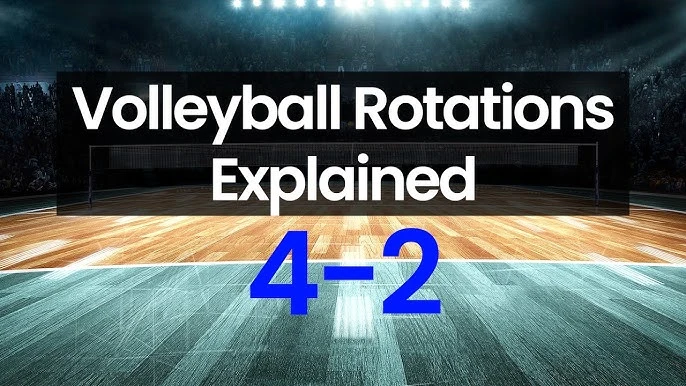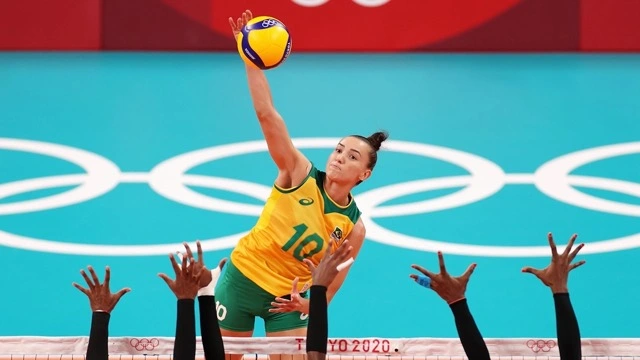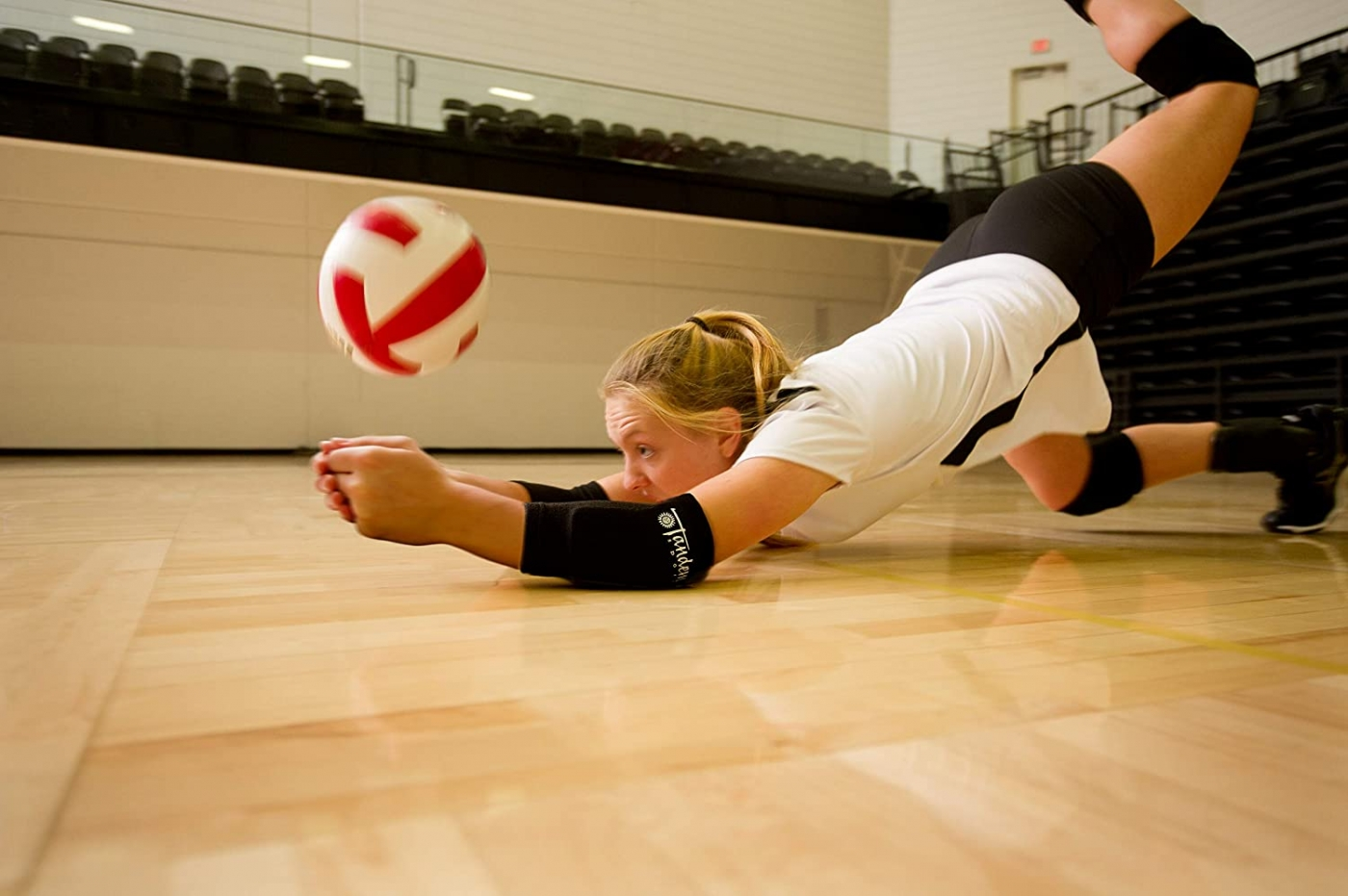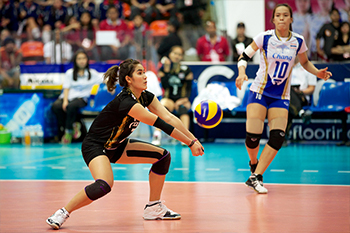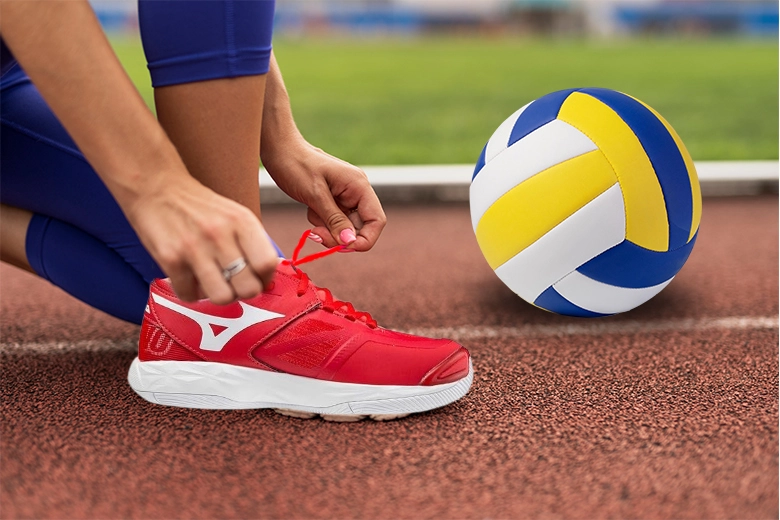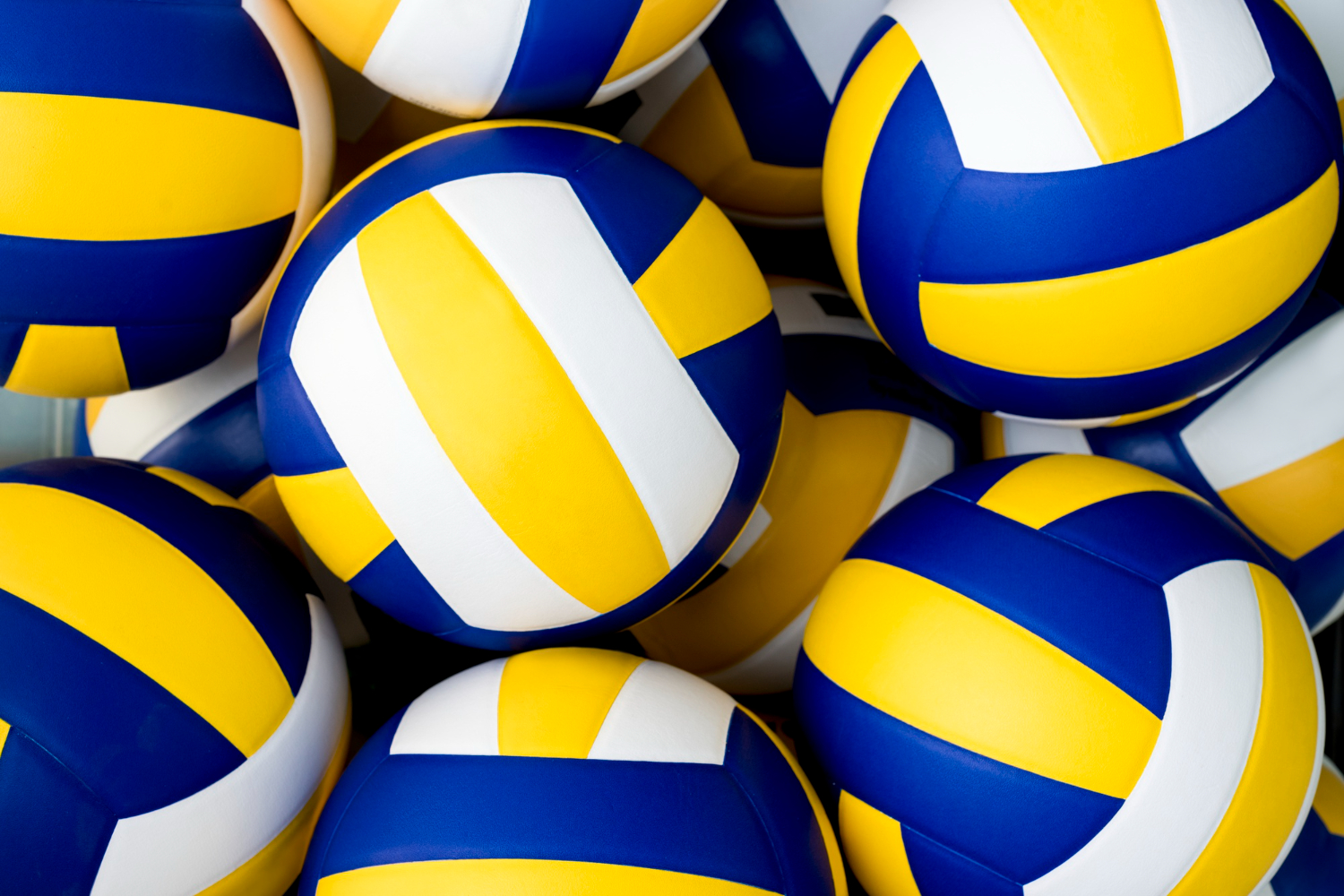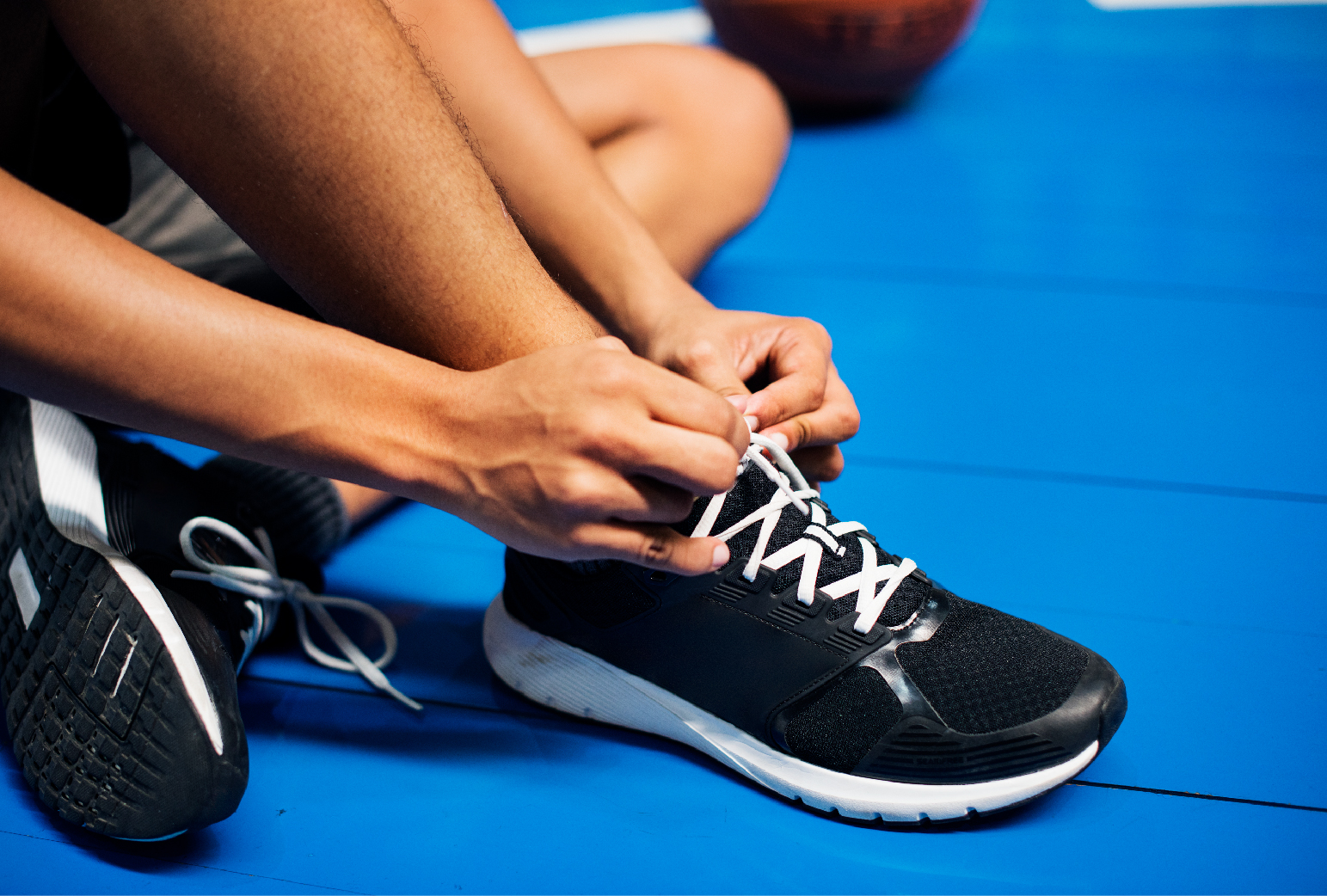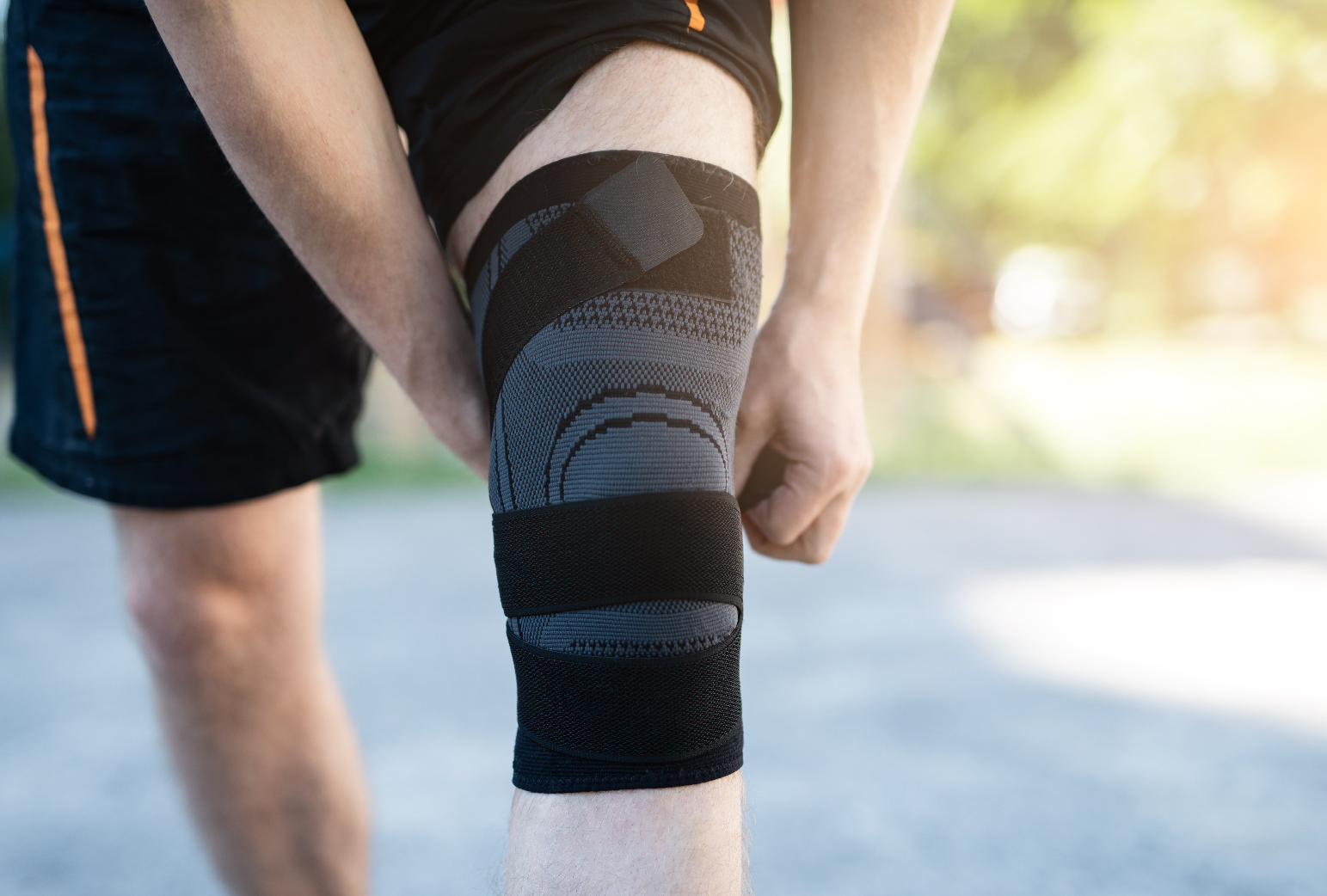Simplicity makes the 4-2 volleyball rotation the first offensive system beginners learn.
This approach calls for having two specialized setters who set just when they are in front court.
It derives from the word “4-2” when four other players are on the court simultaneously, and two sets are involved.
Usually preferred by beginners, this is one of the most basic methods. Middle or advanced teams rarely make use of it.
Let’s dive into why we choose a 4-2 volleyball rotation
Simple for Beginners
It is perfect for beginners because it is simpler to learn and use.
Less Specialized Positions
More flexibility results from players not specializing too much.
Easier to Implement
Getting a team up and running is faster, given less specialized duties.
Perfect for teams with strong front-row players
If your squad provides a good front row, this rotation helps to maximize their effect.
How to Jump Serve in Volleyball 4-2
We believe that knowing what a jump serve in volleyball 4-2 will help us better grasp the techniques involved. In volleyball 4-2, a jump serve is a serve in which the player leaves the ground and contacts the ball at a higher position to boost force and accuracy. Although it’s a challenging ability to develop, players with a strong jump serve may control games.
Clear Your Head.
Mental preparation is the first and most crucial stage in a successful jump serve. Usually, before players start their jump serve, they will have some sort of routine, such as bouncing the ball three times and then licking their fingertips.
Against what you might believe, this is not some superstition. The aim here is to start in the same manner every single time in order to foster consistency. Great leap servers are constant. You are not an excellent jump server if you get the ball in play one out of ten times.
The Turn-Around
It’s time to really start the jump serve. Now you’re clear-minded and ready to attack the volleyball. A jump serve starts with a toss as its initial physical motion. Many players toss the volleyball differently. Hence, it truly comes down to personal taste.
Until you can do it every time, practice your toss. Perfecting your throw is essential, as timing-related jump serves can cause the biggest mistake. Both too high and too low a throw will affect your time and most likely cause a service issue.
Careful Approach
The approach comes after the jump serve. Although you do it behind the service line instead of at the net, the jump serve strategy is the same as your hitting technique. Now, you may wonder, “why can’t I just toss the ball straight up and jump serve like that?” The rationale is that your method will generate momentum that eventually finds expression in the ball at contact. This optimizes your strength and speeds up the serve, therefore greatly enhancing its effectiveness.
Starting with a little step with the right foot—should you be right-handed—the four-step method unfolds. Though this might be confusing, try to align your right hand with your right foot. Along with your right foot travelling from heel to toe on that first stride, feel the ball roll from the heel of your hand to the tips of your fingers. The ball should be out of your hand and in the air when your right foot is off the ground, and you are making your second stride.
Your second step keeps you on the plane with your toss and lasts longer. Try to leap onto your right foot as you make your third step. Throw your arms behind you as you bow at the waist. Swing your arms forward on your fourth and last steps to launch your body upward using the momentum you generated.
The impact.
You are in good shape if you get the throw and approach nailed. Learning to jump serve in volleyball 4-2 may be rather challenging. Hence, it is quite crucial to start with the basics. The interesting aspect now is contact!
Launch yourself into the air and, using your left hand as a guide, draw your right arm back like a bow and arrow. Move your leading arm and unleash your striking arm to provide core power once the ball falls. Making contact with the volleyball mostly depends on fully extending your striking arm. Strike the volleyball from the highest point to do this. This reduces mishits and improves the angle on your jump serve.
To produce extra topspin, contact the middle or top of the volleyball with an open hand and snap your wrist. Should you neglect to snap your wrist, you may find yourself throwing the ball well beyond the end line of the other team, therefore giving up the point.
Running a 4-2 Volleyball Rotation
Step-by-Step
List your Hitters and Setters
Know who will do what function.
Put your setters in positions 1 and 4 and your hitters in the other positions initially.
After every serve, spin clockwise.
Player Positioning
Setters should set up plays from the rear row.
Hitters should be in the front row and ready to spike or block.
Advice for Perfect Transitions
The key is communication, as Call out always both before and after turning.
The more you practice, the more naturally smooth your spins will get.
Approaches for 4-2 Volley Rotation
Offensive Plans
Quick setups help you to surprise the defense.
Cross-court strikes help you vary your attacking moves.
If you sit in the front row and are a setter, a well-timed dump may revolutionize your game.
Strategies for Defense
Always double blocking to cover more ground and complicate the opponent’s scoring path.
Make sure your rear row is ready to cover deep strikes.
Advice for Serving and Receiving
Underhand Serves
Start with an underhand serve if you’re new to guarantee it passes over the net.
Always shout “mine” before heading to the ball to prevent runs-through.
Why would you, first of all, decide to run a 4-2 rotation? What advantages does using this method offer over another?
It’s pretty simple.
For movement across the court and where each player stands during serve reception, the 4-2 rotation is dead easy.
Rotations become difficult using a back row setter, which demands shifting players around to place the setter closer to their base position.
There is none of this additional intricacy in the 4-2 rotation, though, as we only ever use a front-row setter.
Better Safety
Three back-row players will always be in the 4-2 system driven only by the defence.
Since they are more focused on moving into their base position to set the second ball, the setter in the back row will typically perform a poor job guarding against opponent spikes in 5-1/6-2.
There is one fewer player on the court defensively when the back row setter is in their basic posture at the net since they cannot block or dig well.
Setter Might Also be an Offensive Threat
This is typically seen as a major advantage at higher levels, as setters may dump the ball and severely complicate life for opponents’ blocks.
The setter always falls near the base.
The setter is constantly at the front court. Hence, they are in their base posture the whole time.
There is, therefore, no scrambling from defense to base position; the setter is always in a strong position to set the ball.
How to Spike in Volleyball 4-2
Imagine this: the setter throws the ball high into the air; you approach, leap, and with a quick, forceful swing, you spike the ball over the net, therefore scoring a point for your side. That people, is the thrilling delight of spiking in volleyball. Learning the spike will make all the difference whether you play regularly in a competitive league or just casually in recreational volleyball.
In volleyball 4-2, the spike—also known as the “attack”—is a forceful offensive play meant to strike the ball into the other court. This bold, greatly fulfilling action may propel your squad toward success when done right. The ability of the spike to quicken the game gives it great strength and excitement; hence, it is a necessary ability.
The plan
The strategy is the run-up to the spike. Usually, it has a three-step pattern: slow to quick, ending in a two-footed leap. The sequence for right-handers is right-left-right; for left-handers, it is the reverse. One wants to create momentum for a forceful jump.
Jump
Timing determines everything in the jump. You want to be at the top of your leap as you contact the ball. This calls for knowledge of the ball’s movement and cooperation with your setter.
The Arm Swing
It produces the force required for a strong spike. Pull your striking arm back as you jump, bending at the elbow like you would pull a bow and arrow. Your arm should move like a whip as you swing, following with your hand from the elbow.
The wrist snap,
It is often known as the wrist flick, which gives the ball topspin, letting it drop rapidly after clearing the net and increasing the difficulty your opponent has in defending.
Volleyball 4-2 vs 6-2: Which Rotation Is Right for You?
The number of attackers and setters separates the offensive strategies of 4-2 and 6-2 volleyball rotations. For beginners, the 4-2 is a good choice; for advanced players, the 6-2 is superior.
4-2 rotation in volleyball
Simple
For beginners, the 4-2 is a basic rotation.
Setter for front rows
Being in the front row always allows the setter to reach the ball.
Attack using slides
If the team has a creative setter and decent slide attackers, the 4-2 can work well.
Emphasize defense.
When an opponent team attacks, the right back may concentrate on defense.
6-2 rotation in volleyball
Exciting game
Exciting action with numerous attacking and defensive tactics comes from the 6-2 rotation.
Specific
Specific roles let players concentrate on honing their abilities for their particular position.
Strong right-side attacker:
The 6-2 rotation boasts a strong right-side attacker and blocker in the front row for every rotation.
The 6-2 rotation may be configured to three front-row attackers in a balanced offensive attack at any moment.
Conclusion
You now understand 4-2 volleyball rotation from the ground below. From its benefits of simplicity and ease of use to its strategies, you now know whether this rotation works for your squad. Why, then, should one not attempt it? The way to becoming a volleyball pro can start with perfecting this rotation. Thrilled spiking! You can find more such articles at Volleyball Spikes.

